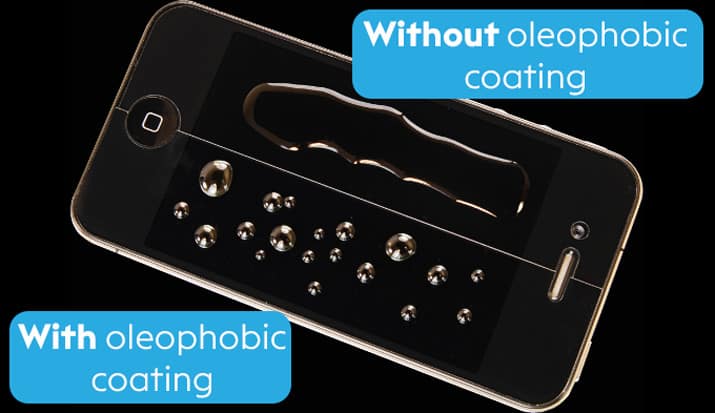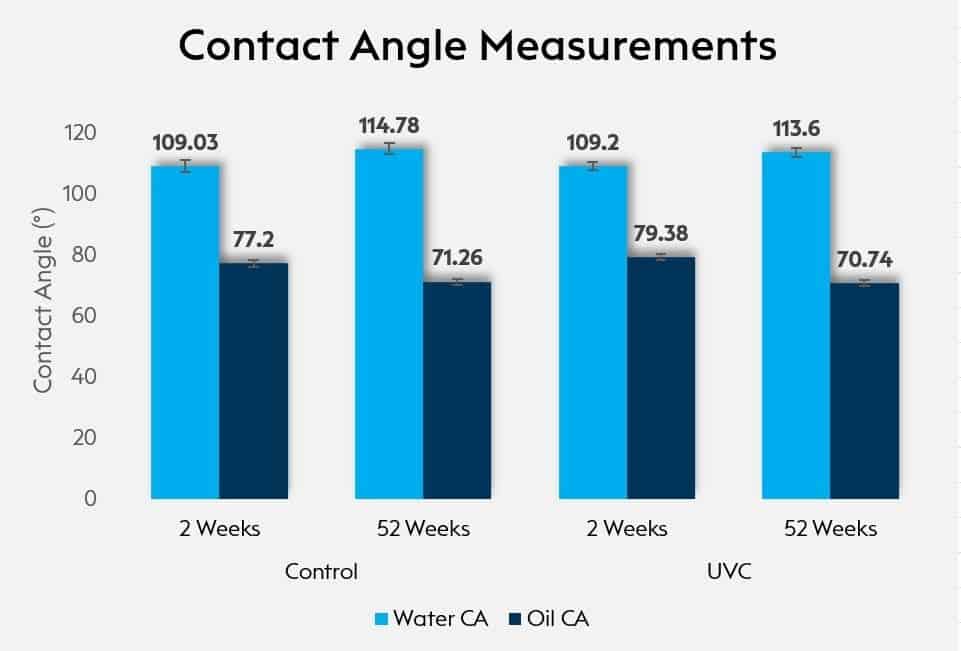As the scientific leader in device hygiene, we are constantly pushing the boundary on new research and validating our claims. CleanSlate UV uses UV-C light to kill super-bugs in only 20 seconds on multiple devices at a time.
The dosage of a professional technology like CleanSlate UV is much higher than what is used on consumer products, which raises the question: will that increased dosage damage sensitive touchscreens? Our clinical team took the initiative to put any doubts to rest.
Summary
Working in healthcare requires you to sanitize your phone and mobile devices much more than the average person. With technology being newer in the healthcare industry, there isn’t a lot of data on how this impacts your devices long-term so we decided to take matters into our own hands and conduct a scientific study.
We attempted to learn more about the sanitization of devices and what exactly the long-term effects are.
The Concern
Most touchscreen devices have what is called an “oleophobic coating” or an “oleophobic layer”, in other words, a thin coating on your display screen that repels oils, such as the natural oils from your fingertips. This coating isn’t meant to last forever but unnatural conditions (UV light, aggressive disinfectants, constant sanitization) may deteriorate it quicker than normal. This is the main concern with the sanitization of devices.

One of the most common questions we get at CleanSlate UV is regarding the coating and if UV-C light will damage it. To ensure we’re giving you the best product possible, we put that to the test.
The Study
The study focuses on the oleophobic coating and attempts to simulate healthcare conditions. To do so, we simulated the sanitization of a phone four times per day for one year, equal to 1,460 cycles. We used the CleanSlate to test the impact of prolonged UV-C exposure on intact iPhone screens.
Using the CleanSlate, we demonstrated the effect of prolonged UV-C exposure on intact iPhone screens and compared to a control without UV-C exposure.
At the end of the simulation, each device’s oleophobic layer was measured to detect any potential harm to the screen.
The integrity of the oleophobic coating was determined using a technique known as contact angle. When we place a drop of liquid on top of the iPhone screen, it has a specific shape, if the surface is altered, the shape of these drop changes. The measure of these changes indicates the level of damage.
The Results
The results prove that change in contact angle from a 2-week simulation (56 cycles) to a 52-week simulation (1,460 cycles) shows that there was no significant change in the strength of the oleophobic coating.
Figure one below represents the change in contact angle between the untreated phones, or control, and UV-C treated phones after a 2-week and 52-week testing simulation. As you can see, there is no significant change in the oleophobic coating from UV-C light.

Figure 1: Graph showing Contact Angle Between Untreated Phones vs UVC Treated Phones

Figure 2: Water Contact Angle images taken after the 52-week simulation between Untreated phones and UV-C treated phones
What does this mean for me?
As a healthcare professional, constant sanitization is unavoidable. However, you can find comfort in knowing that UV-C light, specifically CleanSlate UV, will not damage your devices. This will not only save you the time of having to replace devices but it will save money and you can maximize the lifespan of your expensive equipment.
If you have any further questions about the study or about CleanSlate in general, please reach out to our qualified sales representatives at sales@cleanslateuv.com.
To read more about our science and efficacy, please see our efficacy reports, white papers, and case studies found here, https://cleanslateuv.com/resources


